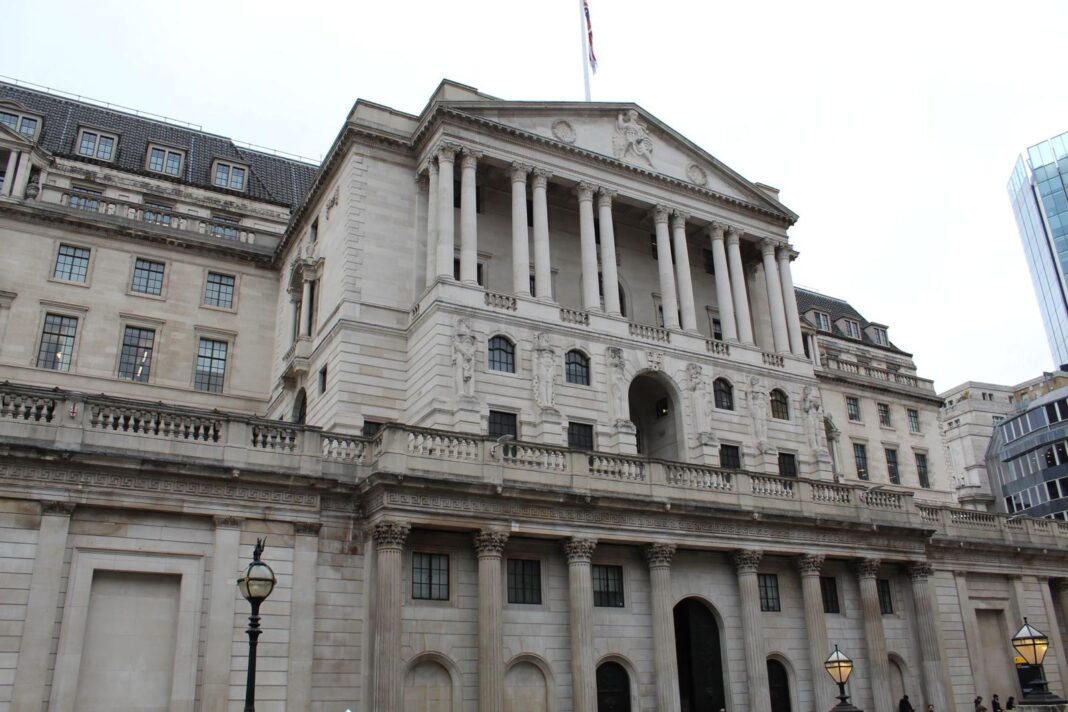Demand for mortgages for house purchases is expected to dip over the summer, despite more accessible credit, according to the Bank of England’s latest Credit Conditions Survey.
The Q2 2025 report, based on responses from major UK lenders, shows that demand for secured lending for home purchases rose between March and May.
However, banks anticipate a drop in Q3, with high borrowing costs and stretched affordability continuing to deter prospective buyers.
This cooling in demand comes even as lenders reported an improvement in secured credit availability to households in Q2, with further loosening expected through August.
CONSUMER CAUTION
But interest rates, house prices and broader consumer caution are still likely to weigh on new borrowing.
By contrast, remortgaging activity rose in Q2 and is forecast to increase further in Q3 as more borrowers refinance fixed-rate deals agreed during the ultra-low rate era of 2020.
Unsecured lending, including credit cards and personal loans, also picked up in Q2 but is expected to stabilise through Q3. While credit card demand is projected to remain steady, other forms of unsecured borrowing may ease slightly.
For businesses, access to finance continued to improve modestly. Credit availability for small and medium-sized enterprises grew in Q2, with a slight rise expected for large firms as well. Demand for corporate lending is also forecast to increase marginally – although it is expected to remain flat for mid-sized companies.
Default rates on household and corporate loans remained unchanged, with lenders anticipating continued stability into Q3. However, losses given default on secured loans ticked up slightly and are expected to rise again next quarter.
SEASONAL TRENDS

According to Knight Frank Finance’s Simon Gammon, lenders’ subdued expectations reflect both seasonal trends and market sentiment in late May, when rates had stalled just below 4% amid stubborn inflation.
But he says: “We’re now seeing signs of a weakening labour market, and the Bank of England’s tone has softened.
“That’s helped trigger widespread rate cuts by major lender – typically 0.2 percentage points – potentially reviving activity this summer and leading to a stronger autumn.”

Richard Pinch, senior director at Broadstone, adds that the loosening in credit supply signals “strengthening consumer confidence,” aided by 0.7% GDP growth in Q1.
However, he cautions that “market volatility and the prospect of tax rises in the Autumn Budget could yet dampen sentiment.”










